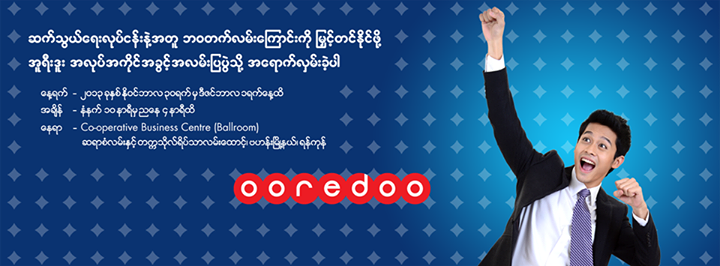“Deng was a military leader for twelve years and even later described himself as a soldier.”Ezra Vogel, Deng Xiaoping and the Transformation of China (Pg. 7)
When we consider the life and works of Deng Xiaoping, it is easy to focus on the second half of his life, on his great achievements in promoting Reform and Opening Up. The “harvest” period of his life is inspiring. To observe him making policy decisions that solved seemingly unsolvable problems, repairing damage and innovating is indeed instructive. But this period was almost a “second life” for Deng. In his “first life” Deng Xiaoping was a soldier of the People’s Liberation Army (PLA).
Deng Xiaoping went to France in the early 20th century and there became a life-long communist. In France he worked with Zhou Enlai and others who would lead the revolution, and whose careers would follow a parallel track to Deng’s.
During his military career he worked as a staff officer and political commissar. The Red Army, later the PLA, placed heavy emphasis on the political education of its soldiers. In his 1940 book, The Chinese Army It’s Organization and Military Efficiency, Evans Fordyce Carlson wrote about the Eighth Route Army and the important role of the political commissar:
“In order that the rank and file of the army may attain political knowledge and a high ethical standard, the system of political commissars is employed. Each unit of the army has a political commissar whose authority is equal to that of the military commander. The commander and the commissar keep themselves informed of each other’s professional activities, and they consult with each other before major decisions are made. Training for the troops are divided in the ratio of sixty percent military instruction to forty percent political indoctrination.” (Pg. 36)
After leaving France Deng stopped in Russia for several months. When he returned to China he began his military career. The timeline* looks like this:
1927-Involved in forming a peasant army in Kiangsi
1927- Member of the Seventh Red Army, Lungchow
1930 – Member Eighth Route Army, Changsha
1932-1934 – Member Political Department of the Red Army
1934-1935 – Deputy of 12th Division, Long March
1936 – Political Commissar of First Army Corps
1937 – Political Commissar of 129th Division
1943 – Head of the People’s Revolutionary Military Council
1942-1949 Member Second Field Army
1949 – Political Commissar of Liu Bocheng’s Army of Victory
As the timeline shows, Deng Xiaoping was in military leadership for 12 years during WWII, but his greater military career actually spanned 20+ years.
During the second half of his life, Deng’s career had its ups and downs, and he experienced his share of disappointment, setbacks and personal tragedy. Yet he went on do work that forever changed the trajectory and shape of the People’s Republic of China. What sustained Deng in his dark days? Certainly his life-long communist beliefs, but also the discipline and fortitude forged by his 20 years as a soldier.
Ezra Vogel, Deng Xiaoping and the Transformation of China
http://www.amazon.com/Deng-Xiaoping-Transformation-China-Vogel/dp/0674725867
*Edgar Snow, Red Star Over China (Timeline)
http://www.amazon.com/Red-Star-over-China-Communism/dp/0802150934/ref=sr_1_1?s=books&ie=UTF8&qid=1436331452&sr=1-1&keywords=Red+Star+Over+China
 日本語
日本語 English
English 中国語
中国語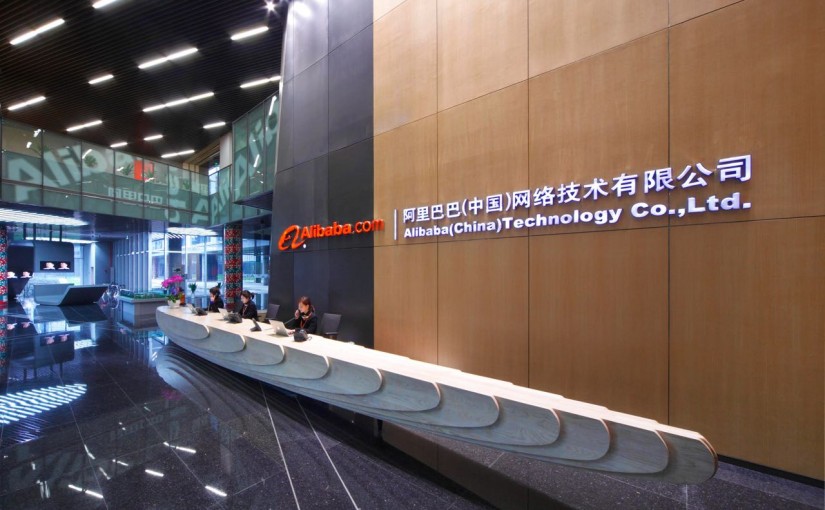
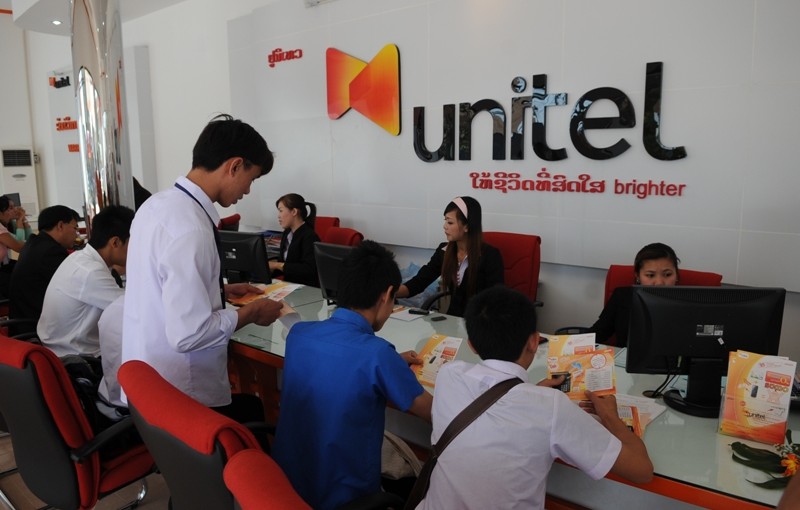
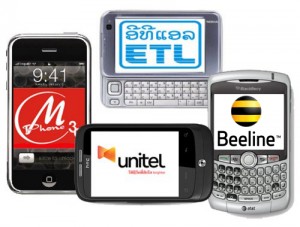
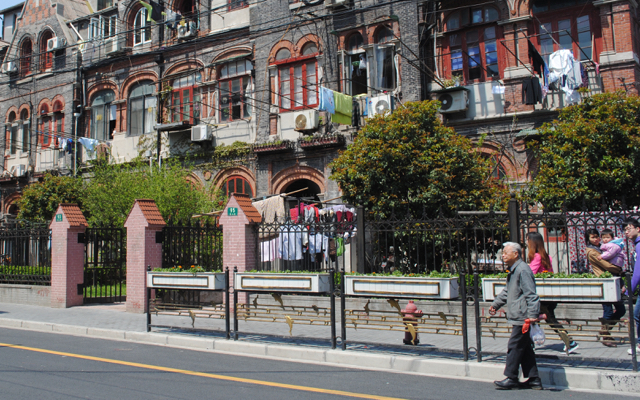
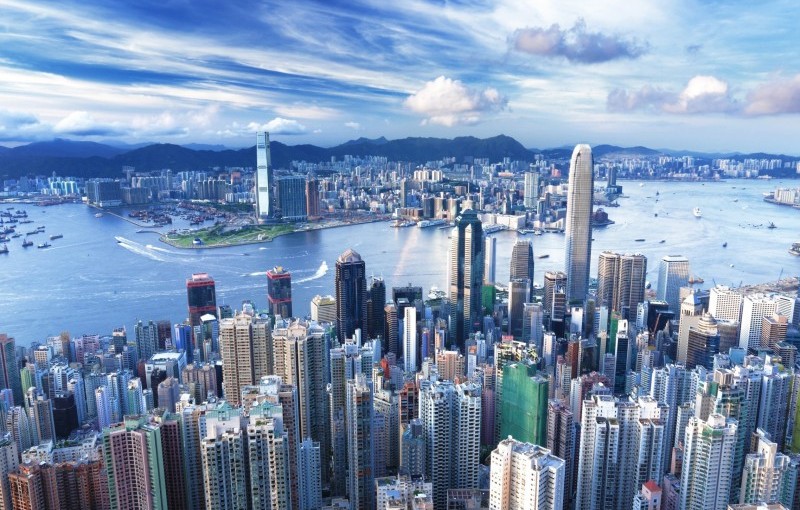
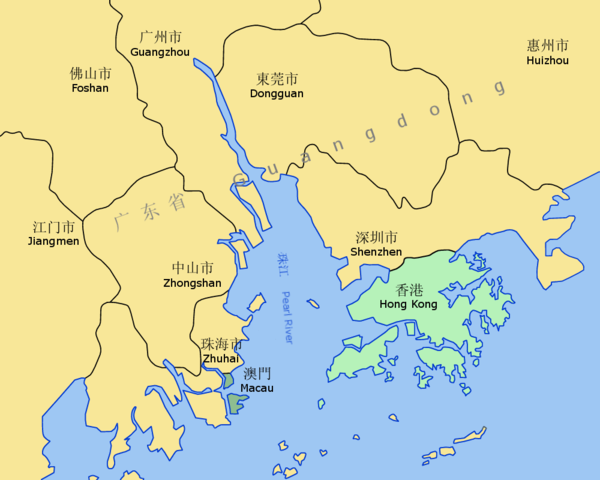
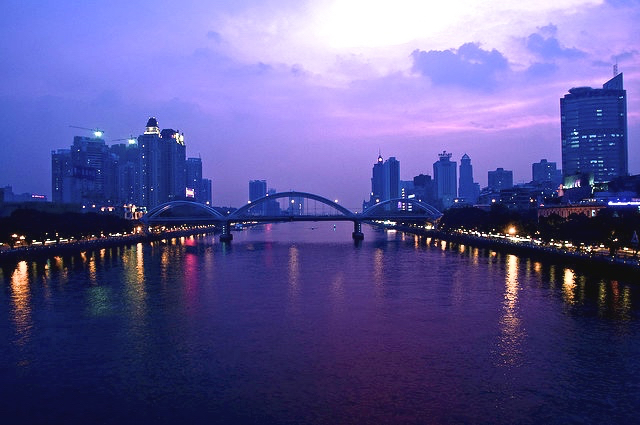
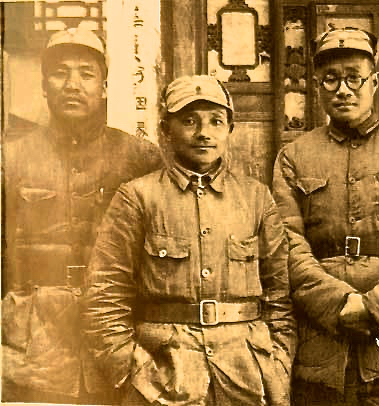
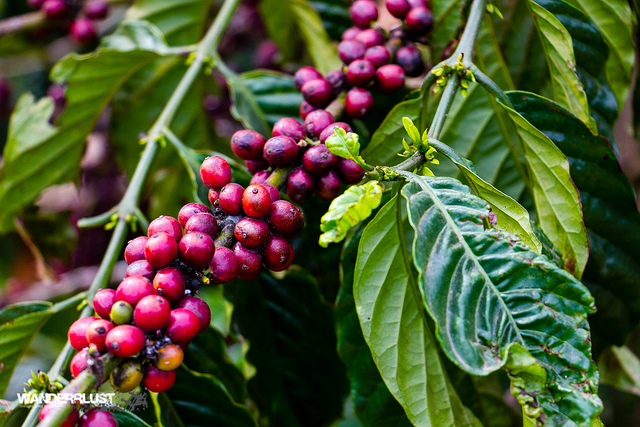
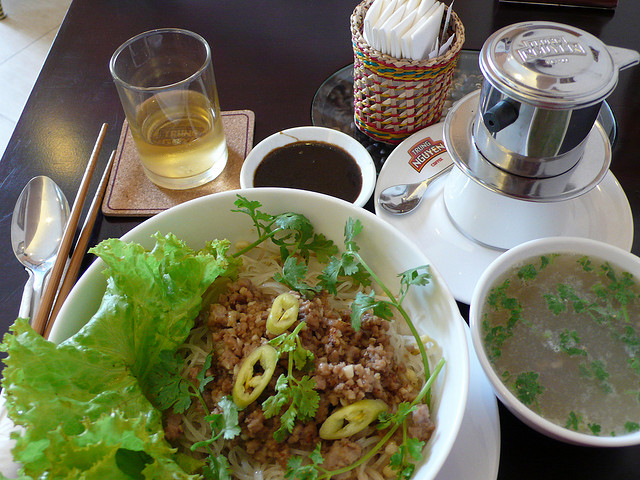
 Singapore Soldier (Photo: tumblr)
Singapore Soldier (Photo: tumblr)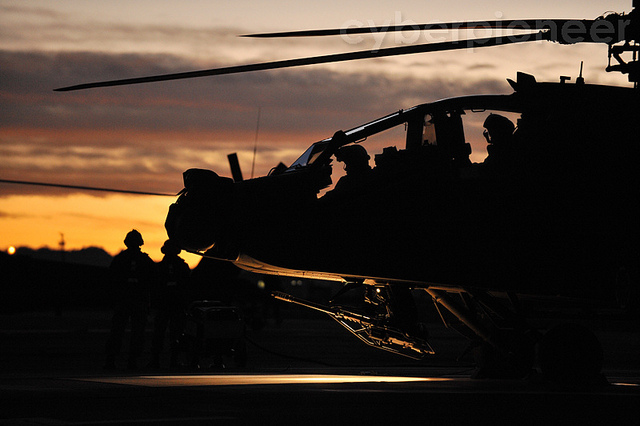 SAF Apache Helicopter (MOD via flickr)
SAF Apache Helicopter (MOD via flickr) 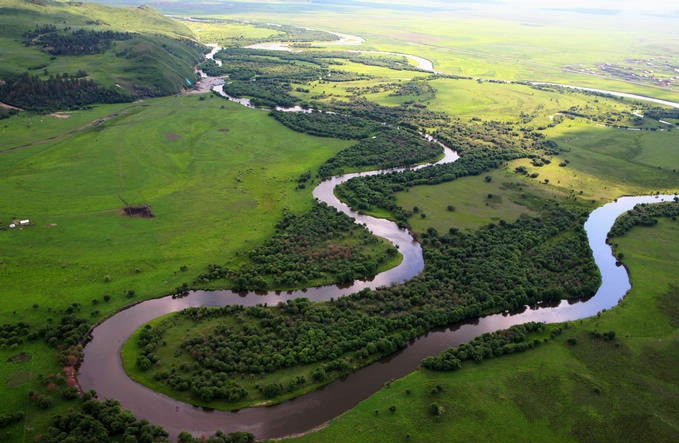
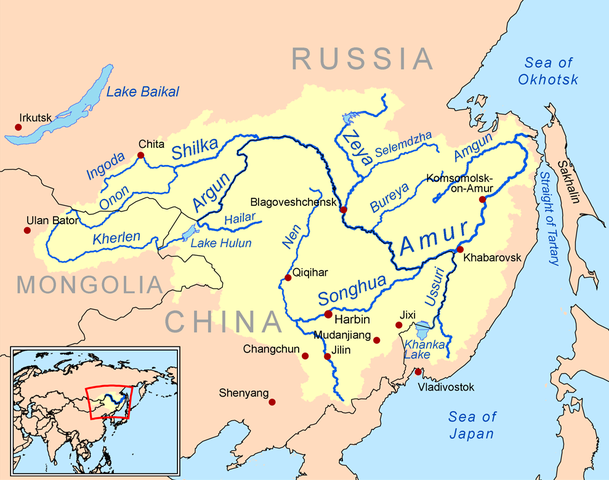
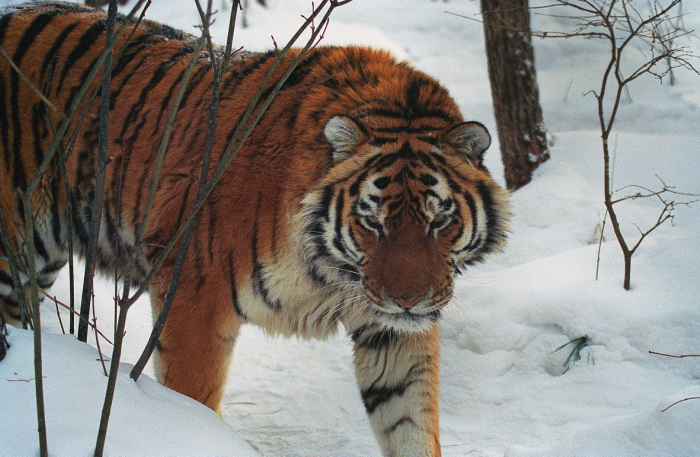 Amur Tiger (Photo: V. Solkin WWF Rusia)
Amur Tiger (Photo: V. Solkin WWF Rusia) Phillipines President Benigno Aquino III (Photo: WEF)
Phillipines President Benigno Aquino III (Photo: WEF) ( Photo:Telenor Website Myanmar)
( Photo:Telenor Website Myanmar)